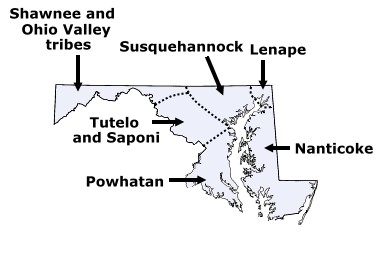While in Annapolis, we saw a man dressed in colonial attire leading a group of school children around town. He was a tour guide leading the kids on a walking tour through historic Annapolis. We later chatted with him, when he was without kids to guide. When he found out that we were in town for some Irish storytelling, he was quick to tell me that Lord Baltimore was Irish.
That would be kind of neat – if only it were true!
The first Lord Baltimore was George Calvert. He was an Englishman. He served in the English Parliament and was in the inner-circle of advisers to King James I and later King Charles I.
As a reward for service, Charles gave Calvert the title First Baron of Baltimore. And since a title alone didn’t mean much, Charles gave Calvert land in Ireland. As far as I can tell, never set foot in Ireland until he received his land and title.
His land was in County Longford, in the Irish midlands and ancient province of Leinster. This land was available for King Charles to give away, since the English had confiscated it from the O’Farrells (or Ŏ Fearghail). The O’Farrells fought with the rebellious clans (led by the O’Neills and the O’Donnells) in the Nine Years War.
With the O’Farrells out of the way, Calvert built a manor home on his estate. Baltimore is an Anglicization of the Irish Baile an Tí Mhóir, which means town of the big house.
Calvert’s claim to fame in American history comes from the charter he sought for a colony in the Mid-Atlantic region. He was, in particular, looking for a haven for English Catholics who weren’t particularly welcomed elsewhere in the New World. George Calvert died before the charter was granted, but it was granted to George’s son Cecilius (who became the Second Lord Baltimore). The charter covered the land north of the Potomac River and both sides of the Chesapeake Bay.
Maryland indeed became a haven for English Catholics, and soon Irish Protestants and Catholics. It was one of the more religiously tolerant of the American colonies.

As was the case of Longford, Maryland wasn’t uninhabited when the charter was granted. Several Native American tribes lived in the region already, and were displaced by the English setters.
Notice a pattern here?
